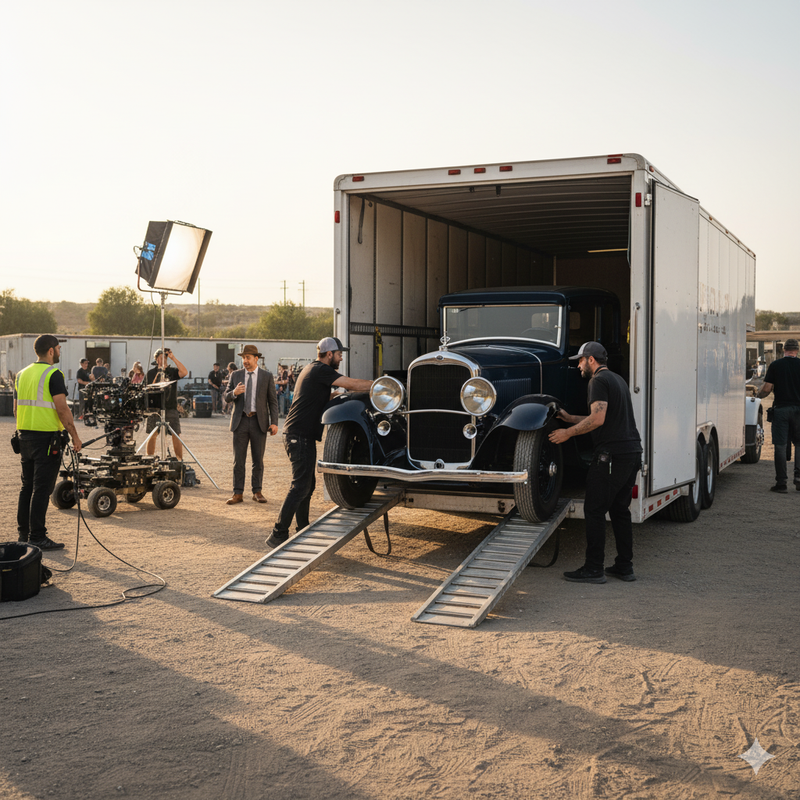There’s nothing quite like owning a classic car. Whether it's a roaring 1920s Duesenberg or a slick '60s Mustang, these machines aren’t just vehicles — they’re time capsules. So, when it comes time to move them across the country, it's more than just shipping a car — it's moving a piece of history.
If you're planning to relocate or purchase a vintage vehicle from another state, here's a full guide to making sure it arrives safely, in style, and stress-free.
1. Understand the Unique Risks of Shipping a Classic
Unlike modern cars, classics can’t just be tossed onto an open trailer and driven across the interstate.
Vintage cars are:
-
More fragile due to age and original materials
-
Susceptible to weather damage and dust
-
Often irreplaceable or extremely costly to repair
That's why choosing the right type of transport isn’t just important — it's essential.
2. Always Choose Enclosed Auto Transport
Enclosed shipping is the gold standard for moving antique and classic vehicles. Unlike open carriers, enclosed trailers shield your car from:
-
Road debris
-
Harsh weather
-
Sunlight and moisture exposure
-
Curious hands at truck stops
While it may cost slightly more, the peace of mind and protection is absolutely worth it — especially when you’re moving a vehicle that’s both financially and emotionally valuable.
3. Ask for Accurate Car Shipping Quotes
Don’t rely on vague estimates — different shipping companies offer different levels of service, timelines, and coverage.
A trusted provider like AmeriFreight lets you easily get accurate, competitive car shipping quotes so you can compare pricing and options upfront — no surprises later.
Make sure your quote includes:
-
Type of trailer (enclosed is key)
-
Insurance coverage
-
Pick-up and delivery dates
-
Fuel surcharges or hidden fees
4. How to Prep Your Classic for the Journey
To make sure your beauty arrives in mint condition, here are a few expert tips:
✅ Clean the vehicle inside and out – This helps with inspection
✅ Take detailed photos – Document all angles before loading
✅ Check for fluid leaks – Avoid dripping on other cars or trailer beds
✅ Disable alarms – They can cause headaches mid-shipment
✅ Keep the tank ¼ full – Enough to move, not enough to add weight
Most transport companies won’t cover pre-existing damage, so detailed documentation is your best protection.
5. Communicate With Your copyright
Don’t hesitate to ask questions like:
-
Will my vehicle be the only one in the trailer?
-
Are your drivers trained in handling classics?
-
Can I track the shipment in real time?
Working with an experienced car shipping company helps eliminate guesswork — and makes the process feel far less intimidating.
Final Thoughts
Shipping a classic car isn’t just a logistical task — it’s a trust fall. You’re handing over a prized possession, often with decades of history and passion behind it. With the right planning, the right service, and the right copyright, your classic can glide across the country as gracefully as it did nearly a century ago.
If you’re ready to get started, get accurate, real-time car shipping quotes and move your classic with the care it deserves.
